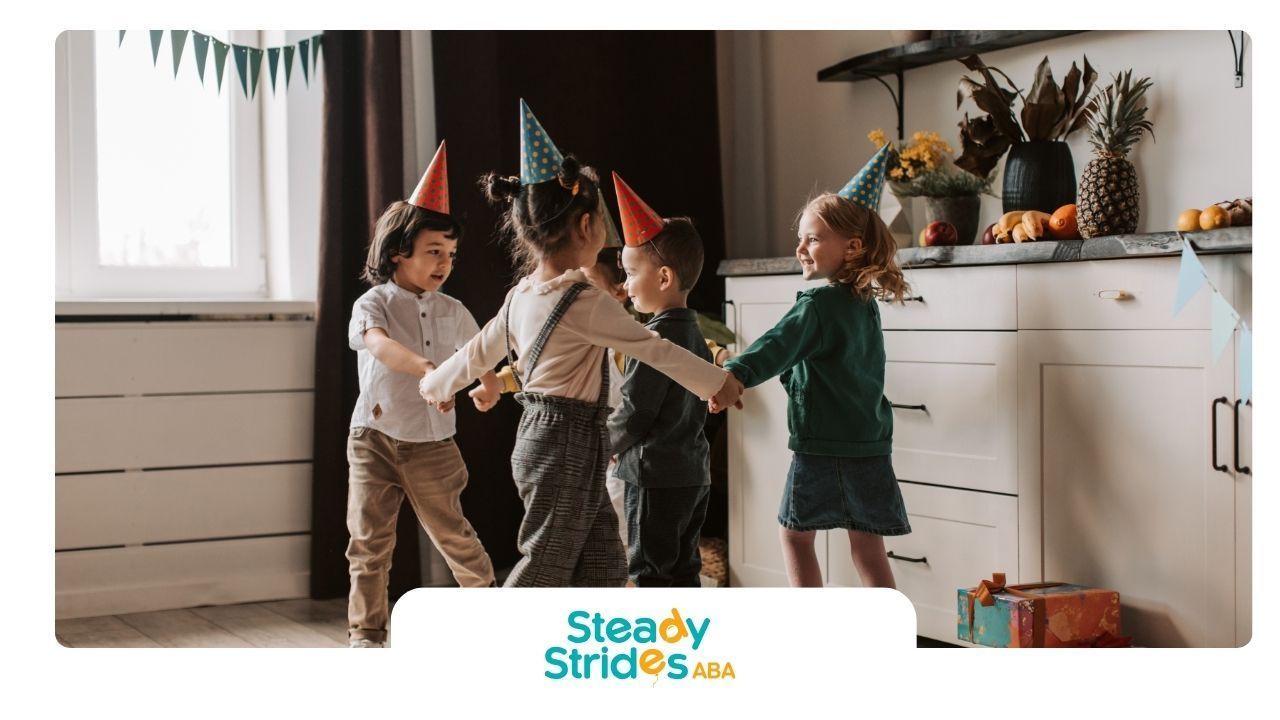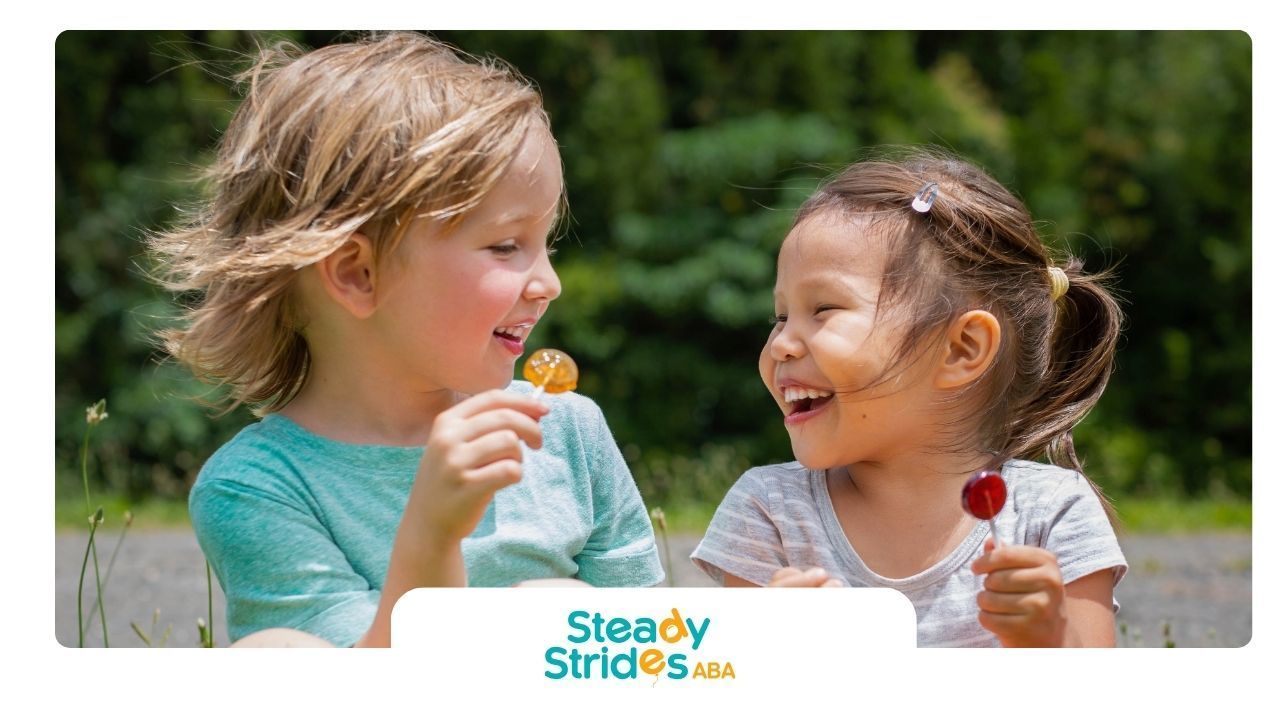Starting ABA therapy is an important milestone for children with autism and their families. The first session is crucial for setting the tone for the therapy process. Many parents may feel a mix of excitement and anxiety, but knowing what to expect can help ease these feelings. In this article, we'll walk you through what happens during that initial ABA therapy session, how to prepare your child, and what long-term progress might look like.
What is ABA Therapy?
ABA (Applied Behavior Analysis) therapy is a well-established, evidence-based treatment for children with autism. Its goal is to improve social, communication, and learning skills through positive reinforcement and structured techniques. ABA therapy is customized for each child, with sessions designed around their individual strengths and areas for growth.
The Preparatory Phase: Before the First Session
Before your child even steps into the therapy room, there are a few key steps you’ll need to complete:
Initial Assessment
An initial assessment is typically conducted by a Board Certified Behavior Analyst (BCBA). This assessment helps to identify your child’s current skills, behavioral challenges, and therapy goals. It forms the basis for the treatment plan.
Treatment Plan Development
After the assessment, the BCBA will develop a customized treatment plan. This plan outlines the goals, target behaviors, and strategies that will be used during therapy sessions. It also helps parents understand what to expect over time and how to reinforce skills outside of therapy.
What to Expect During the First Day of ABA Therapy
The first day is often more relaxed, focusing on helping your child feel comfortable in a new environment. Here’s a closer look at what happens:
Meet the Therapist
One of the main goals for the first session is to establish a relationship between your child and the therapist. The therapist will likely engage in play-based activities to make your child feel at ease and begin to build trust.
Establishing Baseline Behavior
The therapist will start observing your child’s natural behaviors, responses to stimuli, and interaction styles. This helps in understanding your child’s current behavior patterns and will form the "baseline" from which progress is measured.
Play-Based Assessment
During the first session, the therapist may introduce simple, play-based tasks. These tasks help gauge your child's skills, such as following directions, imitating actions, or responding to requests. Play-based assessment ensures that the child is engaged in a positive and non-intrusive manner.
Data Collection
From day one, therapists will start collecting data on your child’s responses and behaviors. This data will be used to adjust the treatment plan as therapy progresses, ensuring that the interventions are effective.
Parental Involvement on Day One
Parents are often invited to observe the first session or provide feedback. Your insights about your child’s behaviors, preferences, and routines will be invaluable in shaping the therapy.
How Can Parents Prepare?
- Explain the Day Ahead: Talk to your child about what to expect, using simple language.
- Bring Comfort Items: A favorite toy, snack, or blanket can help your child feel more comfortable.
- Stay Positive: Your attitude will set the tone for your child, so try to remain calm and upbeat.
What Happens After the First Session?
Feedback and Next Steps
At the end of the session, the therapist will share initial observations and outline the next steps. You’ll learn more about the strategies that will be used in future sessions, and how you can reinforce these techniques at home.
Consistency is Key
ABA therapy works best when sessions are consistent. Most children attend therapy multiple times a week. Over time, you’ll begin to see gradual progress in your child’s behaviors and skills.
Common Concerns from Parents
What if My Child Doesn’t Cooperate?
Therapists are trained to work at your child’s pace. The first day is not about forcing participation but rather about creating a comfortable, trusting environment.
Will ABA Therapy Be Stressful for My Child?
ABA therapy is designed to be positive and rewarding. Therapists use reinforcement to encourage desirable behaviors, ensuring that the process remains engaging and enjoyable for the child.
At Steady Strides, we understand that starting ABA therapy is a big step for families. We offer center-based and in-home ABA therapy services in Texas to help children with autism thrive in their environments. Our highly trained BCBAs and therapists work closely with families to develop personalized treatment plans that meet your child’s specific needs.
Whether you’re just beginning the journey or looking for additional support, Steady Strides is here to guide you through the process. Contact us today to learn more about how we can help your child reach their full potential.
FAQs
How long does a typical first ABA session last?
The first session usually lasts between 1-2 hours, depending on your child’s needs and comfort level.
What should I bring to the first session?
It’s a good idea to bring any comfort items your child may need, such as a favorite toy or snack.
Will my child be expected to complete tasks right away?
The first session is more focused on building a relationship and understanding your child’s baseline behavior. There are no major expectations for completing tasks.













